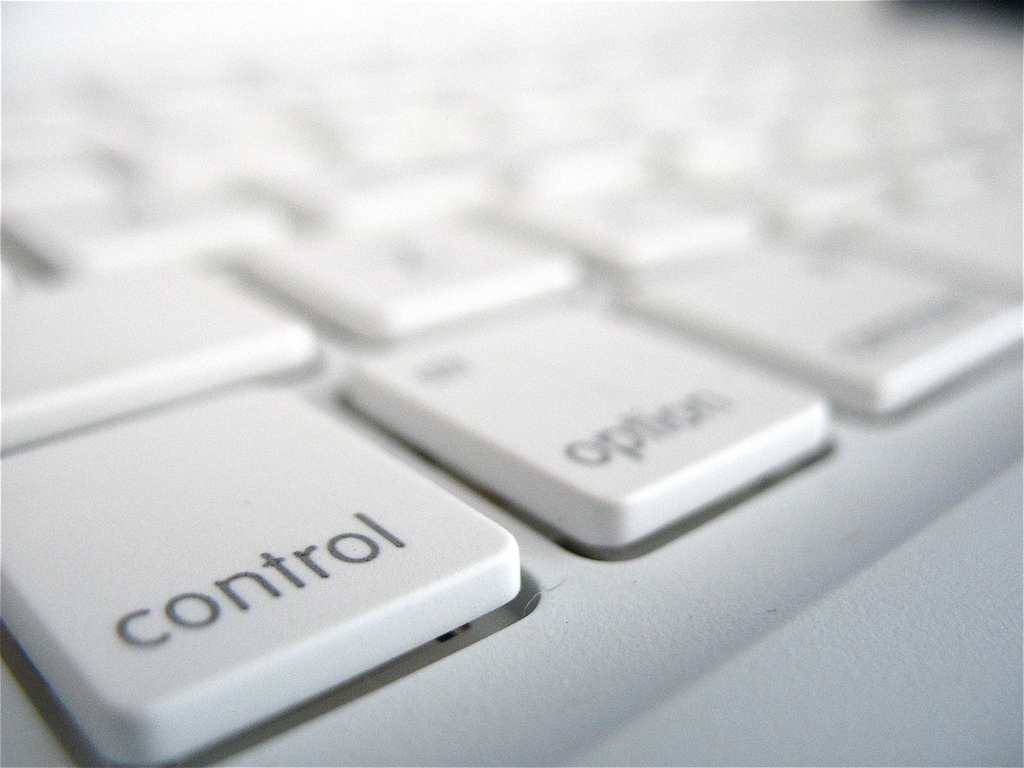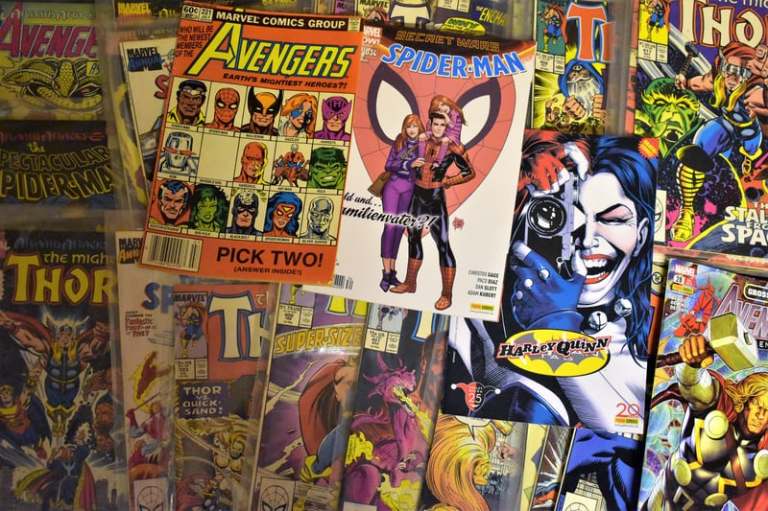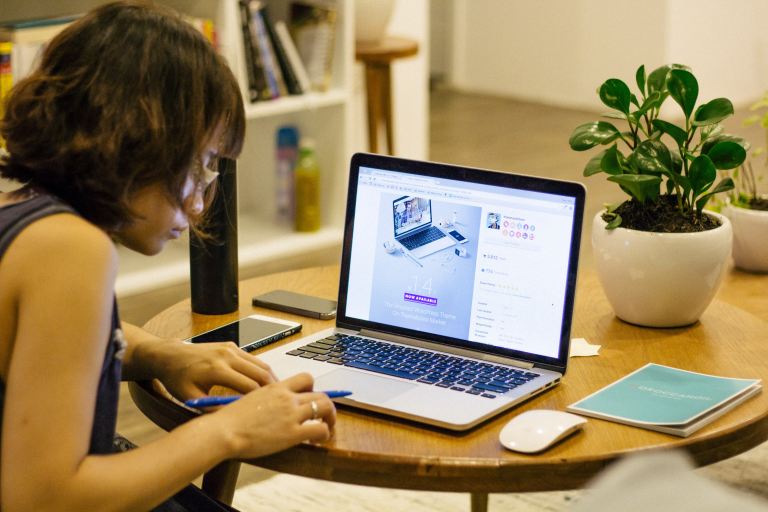Never Trust A Mac
I dreamt that my MacBook’s trackpad was a vagina and every time I touched it, it snapped shut and broke my forefinger.

I don’t use a Mac. I know — I am not alone. Five hundred million others use Windows PCs. But, you see, I’m a New Yorker. A democrat. Only twenty-six, ripe as a Honeycrisp. Not the type you’d expect to spend an evening staring into the yellowed eye of Norton Antivirus.
It wasn’t always this way. I clicked my way through puberty on my parents’ spaceship-sized Hewlett-Packard, but by the end of high school, I wanted a Mac. My mother drove me to Circuit City and I stood next to the PowerBook G4. I watched it sleep. I saw myself tapping its keys in a library somewhere in New England, at night. Saw my hands gliding over its aluminum chassis. Saw myself licking the trackpad and rimming the rubber bumpers around the twelve-inch monitor. Saw myself dissolving into a puddle of amoeboid liquid crystal, floating within Mac OS X, just another innocent boy losing himself to the digital age.
“It’s small enough, right? It could fit in my backpack,” I said.
“Will it be compatible?”
“Compatible?”
Compatible. The gentle kiss of death to my mid-aughts affair with the PowerBook G4. Nothing would be compatible, my mother feared. I would not connect to the printers. My attachments would go unopened. I would arrive at college a barren scholar, carrying a machine that did not do anything. A machine that was beautiful, but solipsistic, like Narcissus.
I got an Asus. The “Q” key popped off one night when I dropped it on the floor, leaving a rubber circle that once held the key in place. It was the source of a mild electric current. Every time I typed “question,” I received a slight shock to my pinkie.
By junior year, ninety percent of my peers carried the biblical symbol of temptation in their backpacks. I was tempted, and I used my mother’s credit card to buy a black polycarbonate MacBook in January 2008. I pressed the power button: Velkommen. Tervetuloa. 欢迎. Benvenuto. It already knew that, as a member of America’s college-educated class, I would appreciate a parade of dancing words for “Welcome” materializing in outer space to greet me.
I was happy for an hour. And then a vague, translucent melancholy crept into my psyche. I spent a month in deep existential doubt vis-à-vis my desktop wallpaper. I wanted the small, dark pebbles because they spoke to something ascetic inside me. But then the pebbles felt like a metaphor for my eternal inability to do my best when I most want to do my best, so I switched to the clownfish in the anemone, but that felt like a waste of beauty because the window I was working in would inevitably cover up the pair of clownfish in the center of the screen, and I would only see the anemone. I tried the flowing orange rock, but this made me feel like I was trying too hard to be the type of person who goes snowboarding, and I’ve never been snowboarding. I eventually settled for a drop of water about to fall from a blade of grass.
And then the Mac started saying things. Softly, at first. A thin, rounded voice, like Malcolm Gladwell telling a bedtime story: Harris, you are a world apart from me, it said. I was made in California by Ivy Leaguers who drink avocados. You were made in Philadelphia by a woman with bangs. I have a soft polycarbonate shell. You have oily, pink flesh. I have a grasp of the languages of small Southeast Asian nations. You only really know French and will not survive in the modern global economy. These are the things it said to me.
And it did not stop.
In class, my peers moved their eyes from the computer to me and back to the computer, as if they couldn’t believe I owned such an evolved thing. I couldn’t believe it either. As I opened a blank Word document, my pulse would accelerate, I’d breathe deeply, and — like the first time I saw a naked woman — I’d stare at the cursor, which blunk like a dare.
One night, when I came home from the library, the MacBook was in the kitchen with a bread knife, butterflying a piece of ciabatta. There was a jar of blackberry jam on the counter, and a package of candied ginger, from Whole Foods.
It was hosting an event in my apartment for graphic design and foreign language majors. It was making hors-d’oeuvres. I bit my lower lip and looked down at my toes.
My grades plummeted. I was distracted by the drop of water on the tip of the blade of grass. On Sundays, when the MacBook wasn’t juicing or designing event invitations, I would finger its optical drive late into the night and walk to class the next morning with dried spittle caked into the corners of my mouth. I started to lick the keys. I typed one paper with my tongue, and submitted it five weeks late.
In April, the MacBook took my wallet and made a reservation at a five-star Japanese restaurant near my apartment. It came back with a pair of men’s argyle socks and signed me up for Trunk Club. A week later, it joined a literature circle that was reading The Kite Runner, and hosted the group in my apartment on a Saturday night. I fell asleep amidst focaccia crumbs and chopped liver.
I can’t tell you how much I tried to make myself worthy of its soft, polycarbonate refinement. I bought thick black acetate-framed glasses. I taught myself to make yellowtail sashimi. I started listening to The Dirty Projectors, though I hate The Dirty Projectors.
Nothing changed. Eventually, when my MacBook had turned my apartment into a young bobo’s delight, I began to sleep at a friend’s house a few blocks away. I had a dream one night, that my MacBook’s trackpad was a vagina, and every time I touched it, it snapped shut and broke my forefinger.
Toward the end of my junior year, the MacBook went hiking in Jackson Hole. Said it “needed to be in a positive place” and I was “toxic” to its “efforts to become” its “best self.” It left on a Tuesday morning, at sunrise, after drinking a mug of French pressed coffee from the press pot it had just purchased. It never came back, though it sometimes e-mails me perfectly white-balanced photos of clouds and canyons.
The next day, I bought a Lenovo, and I’m using it now. The Lenovo hasn’t said a word, thank God. ![]()
Check out Harris Sockel’s new Thought Catalog book here.
This post was originally published on Medium.






